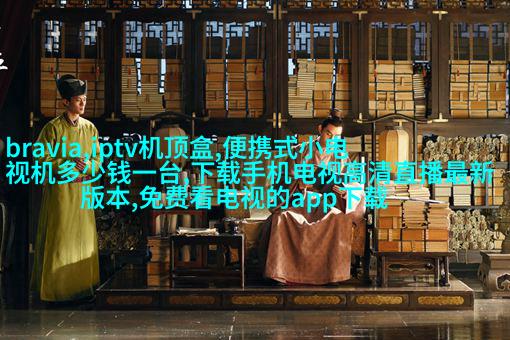
Decoupling Devices A Key to Seamless Automation an
Decoupling Devices: A Key to Seamless Automation and Efficient Manufacturing Processes

Introduction
In the modern era of manufacturing, automation has become an essential component for companies looking to increase efficiency and reduce costs. Decoupling devices play a crucial role in this process by allowing machines to operate independently while still maintaining communication with other components. These devices are commonly used in industries such as automotive, aerospace, and electronics.

What is a Decoupling Device?
A decoupling device is a type of electronic component that acts as an interface between two systems or circuits. Its primary function is to isolate one system from the effects of changes in another system while still allowing data transfer between them. This ensures smooth operation and prevents any disruptions or malfunctions due to variations in voltage levels or signal frequencies.

Types of Decoupling Devices
There are several types of decoupling devices available, each suited for specific applications based on their capacitance values, operating frequencies, and physical sizes. Some common types include ceramic capacitors, film capacitors, electrolytic capacitors, power factor correction (PFC) capacitors, and variable resistors.

Benefits of Using Decoupling Devices
The use of decoupling devices offers numerous benefits for manufacturers looking to streamline their processes through automation:

a) Improved Efficiency: By isolating sensitive components from external noise sources like electromagnetic interference (EMI), decoupling devices help ensure reliable performance.
b) Reduced Downtime: With fewer interruptions due to malfunctioning equipment caused by voltage fluctuations or signal degradation.
c) Enhanced Product Quality: Consistent output quality through precise control over production processes.
d) Cost Savings: Longer equipment lifespan reduces maintenance needs leading to reduced operational expenses.
Applications
Decoupling devices find extensive applications across various industries including:
a) Automotive Industry - For regulating battery charging/discharging operations during engine starting/stopping cycles.
b) Aerospace Industry - To maintain stable power supply during flight phases when aircraft undergo rapid acceleration/deceleration.
c) Electronics Industry - In telecommunications networks where high-speed data transmission requires isolation from EMI/RFI disturbances.
Conclusion
In conclusion, the integration of decoupling devices into manufacturing processes plays a vital role in ensuring efficient automation systems that can withstand environmental factors without compromising overall performance standards while also contributing towards cost-effective solutions through reduced downtime and longer-lasting equipment life spans resulting ultimately leading towards higher productivity rates at lower costs per unit produced thereby contributing significantly towards global economic growth



